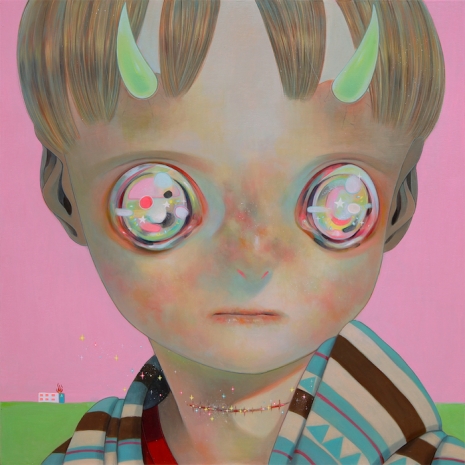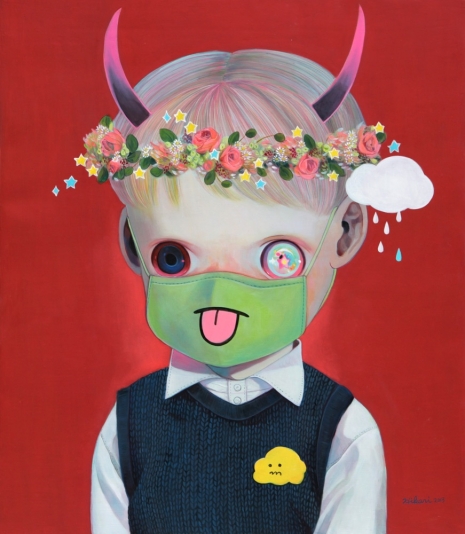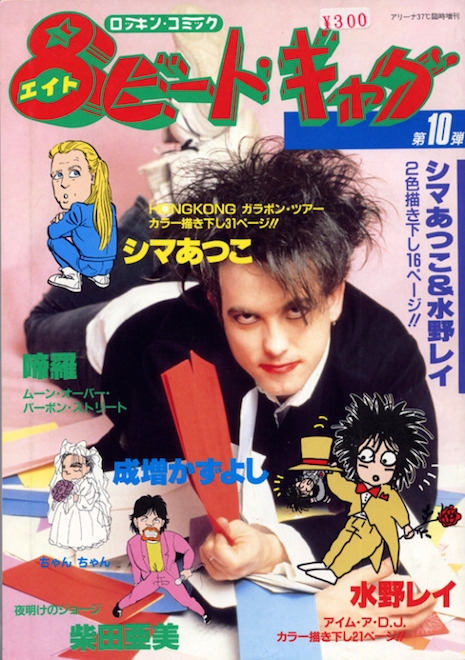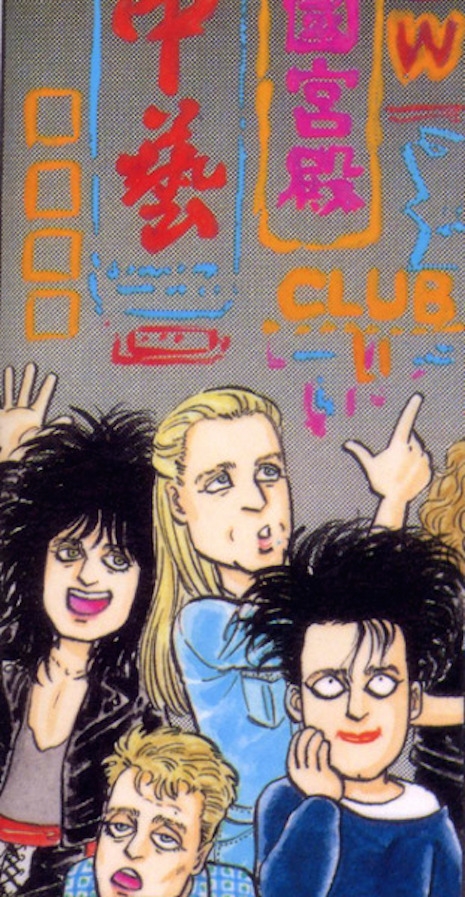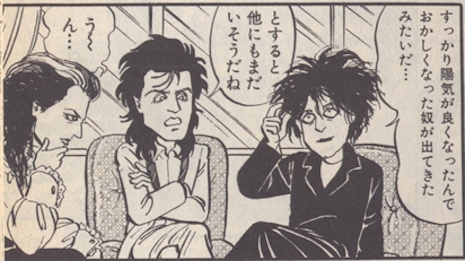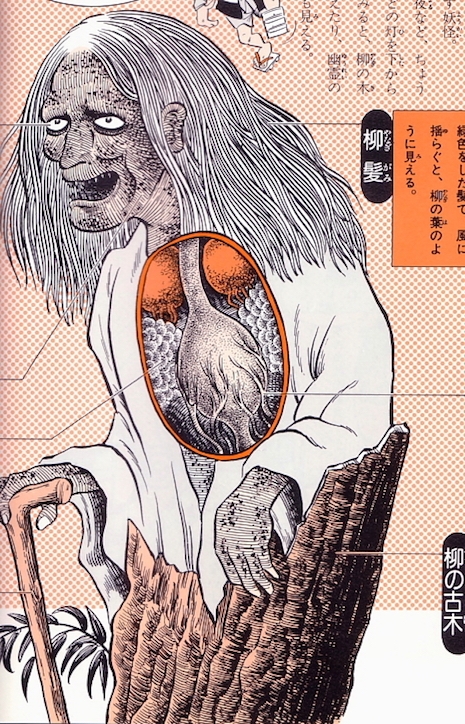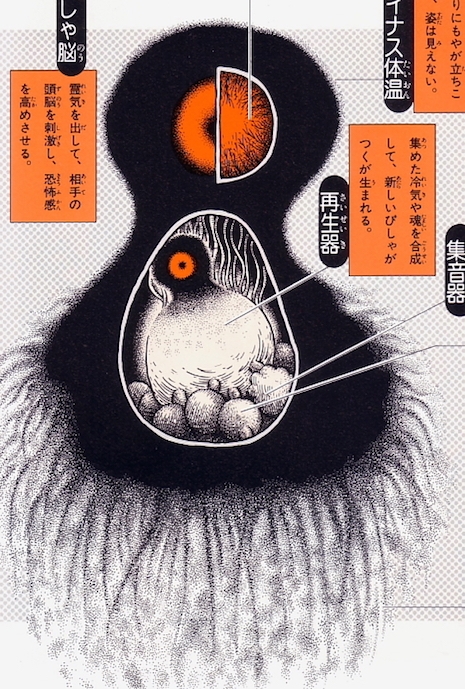
A rather tame example of the work of Japanese artist Suehiro Maruo.
Japanese artist Suehiro Maruo has been an active member of the art community in Japan since he was a high school student. At the young age of fifteen, he left school and moved from Nagasaki to Tokyo where he found work as a bookbinder. He would later attempt to get his artwork published in the hugely popular weekly manga magazine Shōnen Jump but was rejected because his work was considered too graphic. Unfettered, Maruo would follow his instincts and in 1980 would finally get a break with another popular manga magazine, Ribon no Kishi which embraced the artist’s violent and often sexually charged vision. This relationship would open many doors for Maruo including a long-term partnership with celebrated alternative monthly manga, Garo. Maruo’s illustrations and paintings have had a deep impact on the world and his work has been translated into many languages from English to Russian. Though I’m a huge fan myself, it’s safe to say that Maruo’s work appeals to a fairly specific audience as the title of this post quite plainly suggests.
Maruo’s style falls under a couple of classifications in the world of Japanese art; “Muzan-e” that when translated means “Bloody Prints” which is the traditional Japanese art of carving gruesome images onto wood blocks as originally conceived during the Edo period. Another category that applies to Maruo’s work is the term “ero guro” or “erotic grotesque” which should be self-explanatory. I dug through Maruo’s Tumblr (which is quite addicting) and came across some screen shots of an interview he did where he was discussing what drives him to create, noting that he was actually quite “sensitive” but that his sensitivity wasn’t “unshakable.”
“I tend to create expressions that get stronger and stronger and more grotesque. It’s actually just one of my fantasies. Pleasure and pain are subjects I’m particularly interested in.”
Maruo has a rather strong worldwide cult following—connoisseurs of his special brand of diabolical, blood-soaked Japanese erotica are everywhere and his work has been compiled in books, as well as other various publications such as graphic novels and comics. Maruo also makes an appearance in the documentary film Sex in the Comix along with two other influential illustrators you may have heard of, Robert Crumb and German artist Ralf König. If you’re a fan of the band Naked City—the spasmodically awesome ensemble featuring John Zorn and the talented Bill Frisell—then you may already have some of Maruo’s artwork in your record collection as his work is featured on a few of the band’s releases from the 1990s. Included below are images from Maruo’s collaboration with Naked City as well as selections from his catalog which are completely NSFW.

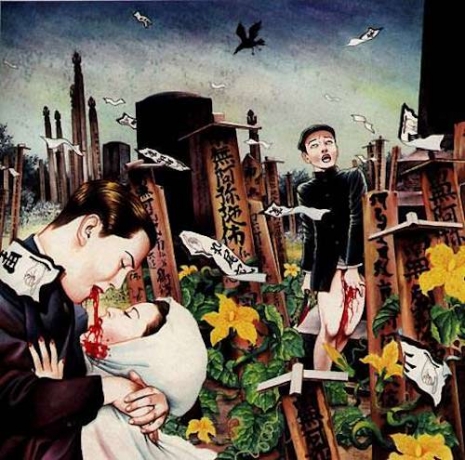
Much more Maruo after the jump…






